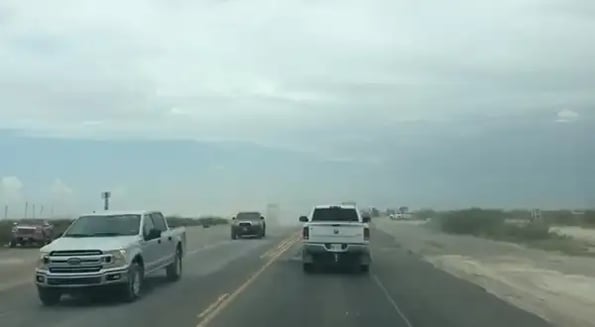Until recently, US Highway 285 was filled with little more than potholes and tumbleweeds.

But, thanks to gushing growth in the Permian Basin fracking industry, the dusty stretch of West Texas highway is now choked with successful entrepreneurs — and the constant risk of death.
An oasis of opportunism
About 10 years ago, technological advancements in fracking made it possible to access vast deposits of previously unreachable oil.
America transformed from an oil importer to one of the world’s largest exporters — and West Texas dirt became some of the most valuable in the world.
Today, the Permian Basin’s 449 rigs (22% of the world’s active oil rigs) have attracted thousands of workers to the remote, rural region.
Oil money drips down
High oil worker salaries (which often exceed $100k) and limited local infrastructure have birthed an entire secondary economy in the region.
On the side of the highway, entrepreneurs sell food, coffee, and clothes, and supply lodging to thousands of commuting oil workers. Wait staff are in such high demand that they often make $15/hour at local fast food restaurants — more than they’d earn in Manhattan.
Since the area’s few motels charge up to $500 a night, entrepreneurs built “man camps” and charge $36 a night for bunks in giant, 1,200-bed dormitories.
But the explosion of economic activity on 285 comes at a steep cost: Vehicle crashes in the area have risen 300% in the past decade.

